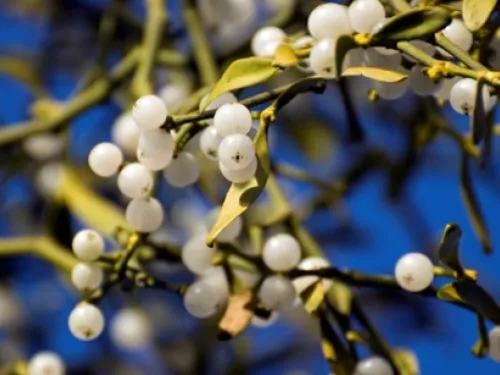Curlew
The curlew is a very large, tall wader, about the same size as a female pheasant. Curlew are mottled brown and grey, with long, bluish legs and a long, downcurved bill that is pink underneath. It can be distinguished from the smaller whimbrel by the longer bill and plain head pattern. When they fly, curlew have a white wedge on the rump.
In the winter, you’ll see curlews feeding in groups on tidal mudflats, saltmarshes and nearby farmland. From July onwards, coastal numbers start to build up, peaking in January as we receive an influx of Scandinavian-breeding curlews here, who take advantage of our relatively mild winters. In the spring and summer, curlews migrate to their breeding grounds in upland areas of rough pasture, heather moorland and wetlands.










